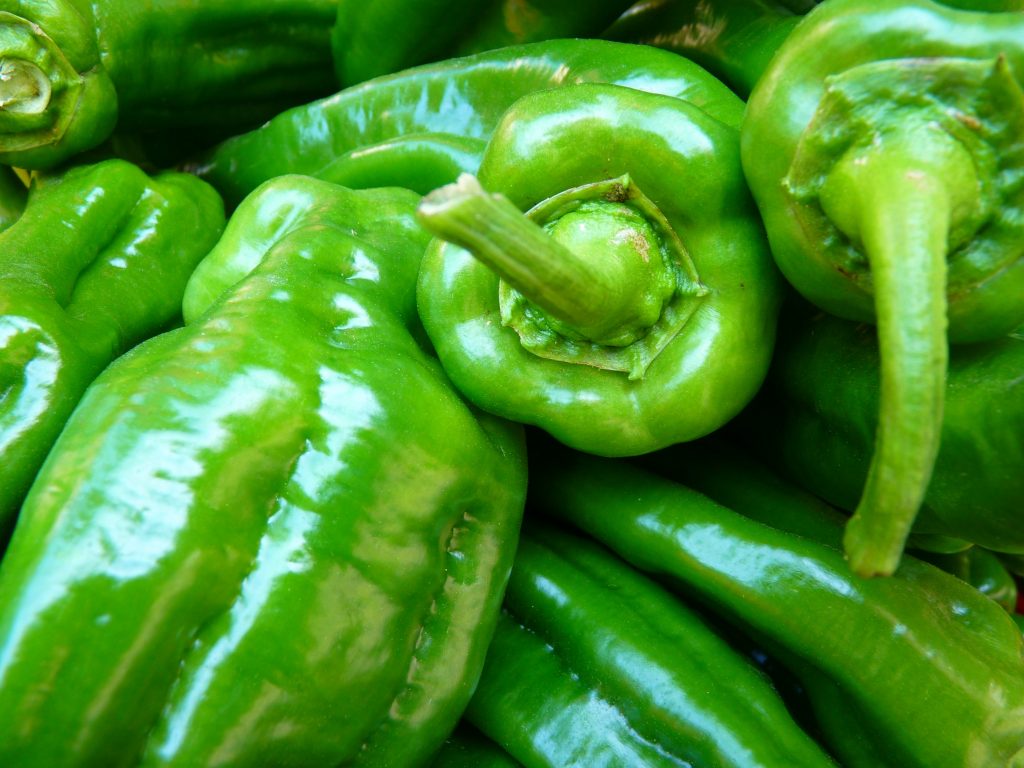By Karla Arboleda
Desirable pepper qualities for consumers include taste, color and spice. And for growers, that list includes nematode resistance.
Bala “Saba” Rathinasabapathi, professor of horticultural sciences at the University of Florida Institute of Food and Agricultural Services, is breeding seeds to give consumers the best peppers possible. His lab takes an angle toward quality improvement and working with specialty peppers.
“We want to create multiple varieties of peppers that are differing in color, shape and quality traits so that we can create a new market,” Rathinasabapathi says. “We want to create varieties of peppers that people will appreciate enough that they will treat it as a commodity to purchase and enjoy.”
Peppers that are commonly found in grocery stores include ethnic-type peppers, such as poblano or jalapeno peppers. Rathinasabapathi says his goal is to widen pepper market popularity by creating varieties that are more interesting in terms of color, shape and flavor.
“We need to breed for a very specific group of people with spicy peppers,” Rathinasabapathi explains. “That may be appealing to the market because they’re in a special industry that caters to specific products.”
Over time, Rathinasabapathi’s pepper lab team realized it was accidentally breeding for nematode resistance, too. While focusing on the goal of getting the best taste, researchers in Citra, Florida, were working with varieties that were not yet identified as resistant yet proved otherwise. The team plans to expand its efforts by working toward other types of pest resistance.
“We are working more in this direction because it’s really an important trait for Florida,” Rathinasabapathi says. “We were pleased with the finding that at least (the peppers) have very high resistance for root knot nematodes.”
Rathinasabapathi’s Florida Department of Agriculture and Consumer Services-funded project to investigate nematode resistance starts at the earliest stage of the pepper.
“We have very interesting material that’s being tested for Florida field conditions,” Rathinasabapathi says about sugar content and flesh color in peppers. “As more interest comes through and more funding becomes available, we’re hoping to work on other aspects.”
Share this Post










